On this day 7th Feb 1917.
100 years ago today, a verdict was passed down on a murder that had taken place earlier on Dec 6th, 1916.
Horrace Lewis had returned from the war the day prior to the murder of his wife. He had been heard to tell Eva Lewis that he would not live with her anymore and had charged her with infidelity to him with another man, Barrett, during his absence at the war. He had also just heard that Barrett had given his little son a thrashing which had angered him, although he denied being angry in court.
Martha Terrace, Horrace Lewis’s sister had until this point been on very good terms with her sister-in-law Eva and witnesses stated that they seemed still to be shortly before the incident. They had even had lunch together at Lewis’s home, with Martha kissing her goodbye as she left.
Witnesses stated that on the afternoon of the murder, an argument broke out between Martha and Eva Lewis after Martha had paid Eva a return visit. Witnesses heard Martha demand of Eva “What did you say to my mother?” and with that Ava Lewis punched Martha between the eyes, sending her backwards and causing Martha to hit her head against the fence. A fight broke out for a couple of minutes with Eva Lewis also heard to say “I’ll choke the life out of you” as she clutched Martha’s throat. It was said that Martha was struggling against Eva for her life, palms outstretched as she attempted to ward her off.
Eventually the fight broke up after a neighbour shouted at Martha to go home, and with blood seeping from one of her eyes, Martha Terrace picked herself up and walked away, coiling her hair back up as she went. As she walked away Eva Lewis laughed at her and stated how for a larger woman she certainly came worse off and then shouted after her “If you want any more you can go home and bring your husband and brother-in-law and the lot. You’ll get more then you bargained for”.
The neighbour who was a witness, thought that Martha Terrace had come out the worse, as she saw the blood from Martha’s eye as Martha had left. She watched as Eva Lewis returned to her house and went inside. About 10 minutes later she emerged once more and this time had blood on her blouse and was in a state of collapse with two wounds in her back and chest.
Martha Terrace was arrested and taken to the Adelaide Gaol to await trial.
At trial, at no time did any of the witnesses see Martha with any weapon in her hands. In fact witnesses had seen Eva Lewis walk back into her house still shouting and mocking Martha as she walked away. No weapon was ever found, even when Martha’s house was searched. It wasn’t until after Eva Lewis came out of her house a second time that blood was noticed on her blouse by any of the witnesses.
For this reason on 7th Feb, 1917, Martha Terrace was acquitted of the murder of Eva Lewis. She was no doubt very relieved, especially as she would have been very aware, whilst sitting in the Adelaide Gaol, of the execution only 34 years earlier of another lady accused of murder… Elizabeth Woolcock.
It remains a mystery as to who really killed Eva Lewis.
Written by Alison Oborn
© Adelaide Gaol Heritage
www.adelaidegaolheritage.com.au
Sources
http://trove.nla.gov.au/
Newspapers of the day
Photo: National Library of Australia
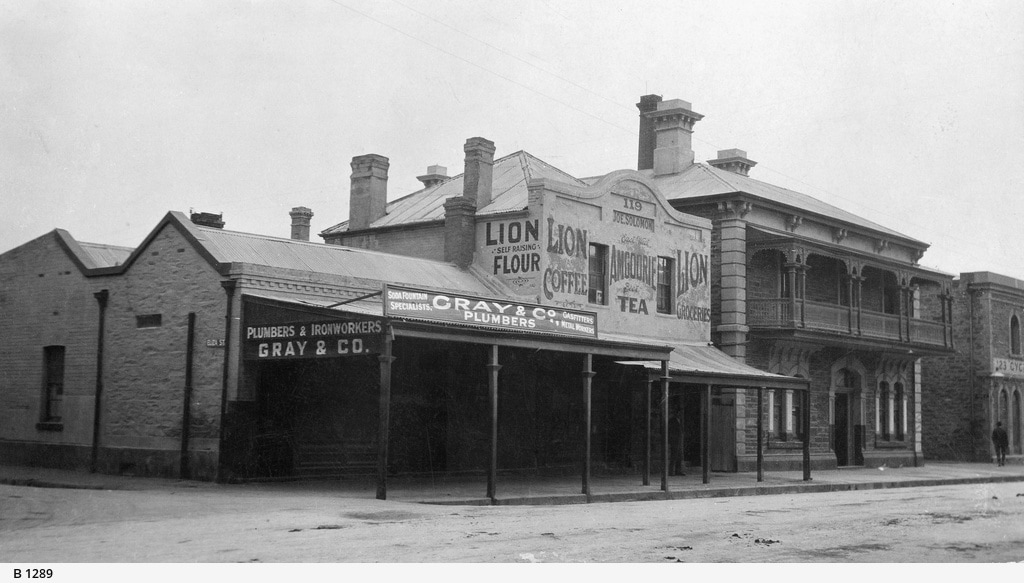
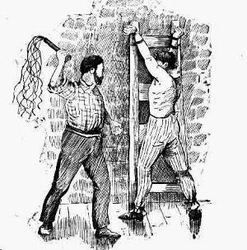
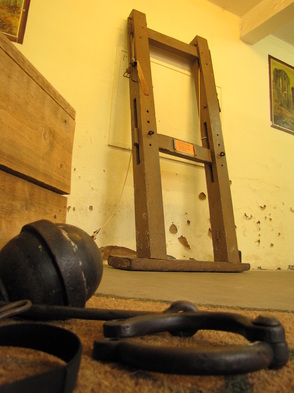
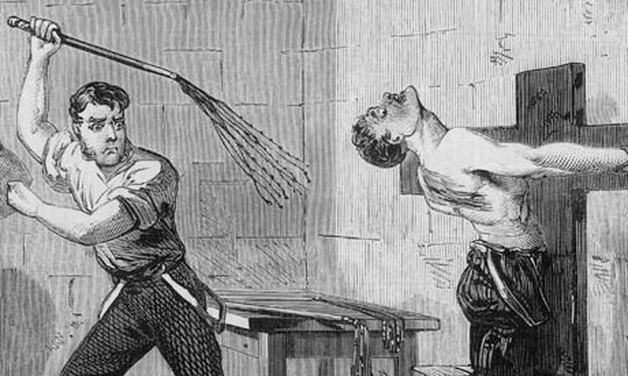
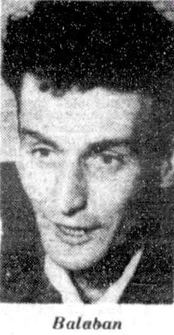
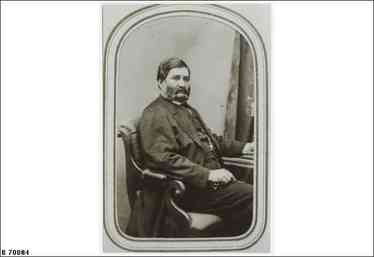
 RSS Feed
RSS Feed